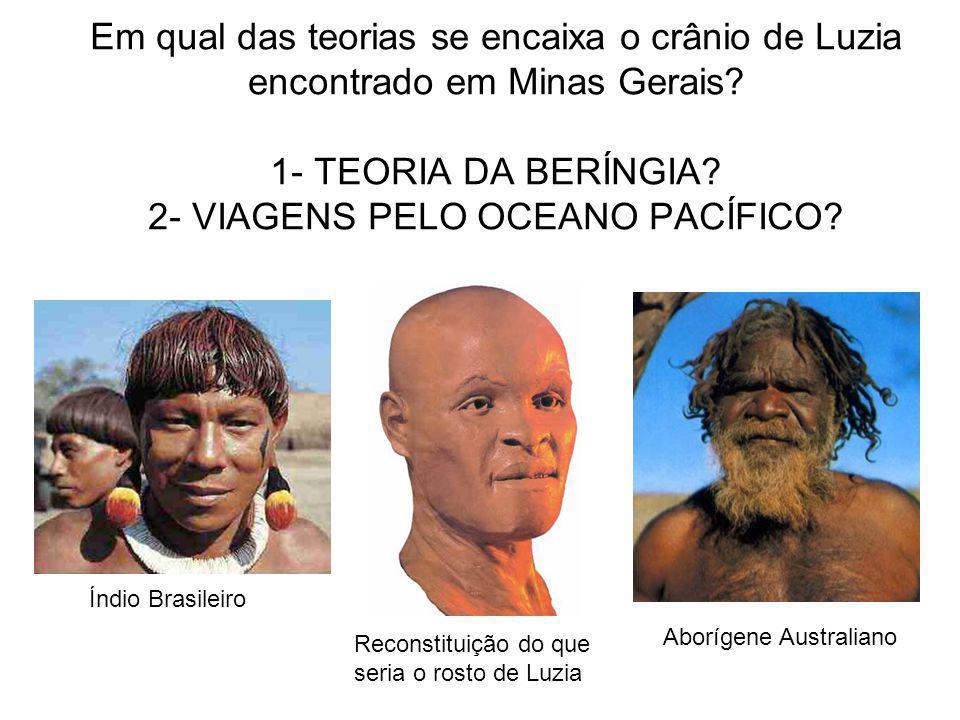Qual é o grau real de fidedignidade dessas criações de rostos a partir de um crânio no puro osso, como o de Luzia, o fóssil humano (Homo sapiens) mais antigo encontrado na América,

ou de algum outro talvez mais célebre. Imagino qual seria o grau de acerto real dessas técnicas se se pegasse crânios de pessoas fotografadas secretamente para serem comparadas em com suas reconstituições.
A Luzia de fato tinha uma aparência negroide? O que aconteceu então com os povos negroides que ocupavam a América no passado?
Na legenda da wikipédia, para essa imagem: "Reconstituição computadorizada do rosto de Luzia.
Algumas características como a cor da pele e o cabelo crespo são apenas suposições."
Acho que é considerado bastante provável/quase certo que houve mais de uma leva de imigrações para as Américas, mas acho que talvez não seja adequado o termo "negróide" para a(s) primeira(s). A humanidade ser descendente de Homo sapiens africanos não significa que seja descendente dos africanos atuais. Esses padrões ainda não haviam se diferenciado já aos níveis de hoje, e nem são, mesmo hoje, sem sobreposição. Africanos, asiáticos e nativo-americanos vão ter freqüências mais altas de traços como uma "chatice" facial e formato "em pá" de incisivos, e até mesmo "olhos puxados", para algo superficial.
De qualquer forma, essas diferentes ondas migratórias foram se miscigenando e possivelmente as primeiras, menores, acabaram bastante "diluídas" nas que se seguiram.

Polynesian DNA mysteriously shows up in a Brazilian tribe
Even the scientists who discovered it aren't sure how it got there.
...
But now, some researchers have found some Polynesian DNA in the remains of some Native Americans. Oddly, however, the remains are on the exact opposite side of the continent from where the Polynesians are likely to have landed. Even the researchers themselves are at a bit of a loss to explain it; after considering several possible causes, even the one they find most likely gets labelled as "fanciful."
Although the interpretation is bewildering, the data is pretty clear-cut. The authors focused on a tribe that originally lived in the south-east of Brazil called the Botocudo. This group was violent and independent, and didn't come under the control of the Portuguese colonial power. In 1808, the authorities essentially declared war against any group that fit this description. By the end of that century, the Botocudo had essentially ceased to exist as a distinctive ethnic group.
The remains of several Botocudo individuals, however, were preserved in museums, and the authors obtained DNA from over a dozen of them. That DNA was used to study parts of the mitochondrial genome, which is inherited exclusively through female lineages. Because it's relatively easy to obtain and sequence, mitochondrial DNA has been used for a variety of studies of human evolution, and there's a wealth of data available on the variations associated with different populations.
A dozen of these samples produced the sorts of sequences you'd typically see in Native American populations. But two others have a set of distinctive changes that, to date, have only been found in populations associated with Polynesian cultures.
....
http://arstechnica.com/science/2013/04/polynesian-dna-mysteriously-shows-up-in-a-brazilian-tribe/